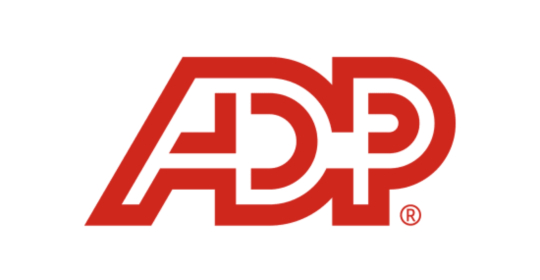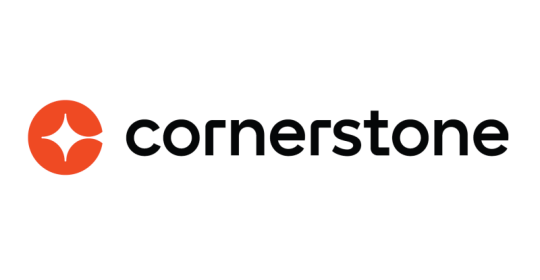The shareholder is qualified to that percentage of the corporation’s revenue, electing strength or proceeds in case of liquidation.
Some investments don’t have to appoint liberties, others have improved ballot treaties, and others have focused on obtaining revenues or liquidation proceeds.
The commodity can be purchased and traded secretly or on property exchanges when you buy shares. Issue of new shares lessens the possession and privileges of existing shareholders.
Firms can also allocate merchandise alternatives as employee reimbursement; though they do not represent holding, they embody the liberty to purchase invitations at a forthcoming time at a stipulated price.
Companies can also buy back stock, which often lets investors salvage the original undertaking plus wealth profits from successive surges in-stock rate.
Price /Earning Rate
The PE ratio usually provides an understanding of whether a commodity is overestimated or underestimated. The procedure for finding the ratio is Price per share/Earnings per share.
A firm is usually overrated (stock is overpriced) if the PE percentage is great, signifying that the expense per share is better than the income per share.
While the contrary is true for an undervalued business (stock is underpriced), if the PE rate is low, the tariff per investment is less than the revenue per share.
When choosing the shop to purchase, go for one with a meager PE ratio (ranging between 1.0x and 10.0x) since they have a greater ability to thrive. If the demand administers adequately, this can improve to roughly 10.0x and 20.0x.
Income Per Share (EPS)
Dividend per share (EPS) is the quantity of an organization’s interest distributed to each share of a widespread product. EPS assists as an indicator of a firm’s profitability.
When assigning the shop to finance in, always encourage EPS and subsequent development over the duration.
If the association's EPSs decline or cease to fulfill the goals, the stock rate will also tank. To get EPS, use this formula: (Net Income – Dividends on Preferred Stock)/Average Number of Shares Outstanding.
Debt-to-Equity Ratio
All businesses have drawbacks, and they carry debt on the equilibrium plate. For an organization to allege fitness, it must have more bargains than drawbacks. Be suspicious of firms that have high percentages of deficit.
When bringing about your stock nomination, look at the company’s symmetry plate, and distinguish the debt-to-equity rate. It’s advisable to go with the business with a debt-to-equity ratio of 0.30 or below, in a nutshell, that one that exemplifies a lower risk.
But in case you are a risk-free tirade individual, then you can look into corporations that have greater rates, or if an elevated amount is sufficient in the enterprise (for example, building corporations, which know greater equilibria they use a lot of deficit funding).
Deal Capitalization
Trade capitalization is the demand price of a publicly traded corporation’s great stakes. That is, the investment rate increased by the number of special interests.
The market gap is used to categorize the firm's extent into one of the following categories: nano, micro, tiny, central, big, and mega hoods.
The bigger the association, the more reliable and safer it is; they can overcome any market disruption. Minor organizations have an elevated risk of declining in case the demand slams or insolvency.
When choosing which stock to purchase, examine your danger knowledge and fit it with the demand gap. Large companies have evolved and existing limited or sluggish development, whereas minor leagues, however, with increased hazard, can drastically develop.
The exchange gap is inferred using this formula: Number of Shares Outstanding x Price per share.






